26
October, Istanbul
Haci Mimi
Apartment 53TL
I ran out of energy long before we ran out
of museum, but thoroughly enjoyed some of the items showcased in the Istanbul
Archaeology Museum. We were on the lookout for the world’s first peace treaty
signed between the Egyptians and the Hittites in 1258BC, and there it was, a
portion only, cuneiform on clay. Other clay documents include: a receipt of
four sheep and one she-goat for the fee of a religious purification conducted
by an exorcist (1134BC); an economic tablet mentioning quantities of barley,
flour, bread and beer (2500BC); the Code of Hammurabi (King of Babylon, 1790BC);
a legal document about the purchase of a house. The blue and yellow
glazed-brick panels that once lined the processional street and the Ishtar gate
of ancient Babylon were pretty eye-catching. The very elaborate sarcophagi,
while impressive, did not appeal to me as much as a predominantly plain coffin
in marble from Palestine dated 5th century BC. From near the old railway
station, end point of the Orient Express, for a complete change of pace, we
took the Marmaray line that runs for 13.6km beneath the Bosphorus linking
European and Asian Istanbul. A tunnel under the Bosphorus strait, one of the
world’s busiest shipping lanes, was first suggested by the Ottoman sultan
Abdülmejid in 1860. The line was opened in October 2013 and is the world’s
deepest underwater railway tunnel. We shopped for dinner in Asian Istanbul and
came home by ferry in the late afternoon in soft light and an icy wind.
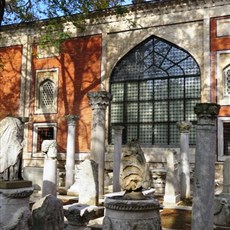
Istanbul Archaeology Museum

Peace Treaty of Kadesh
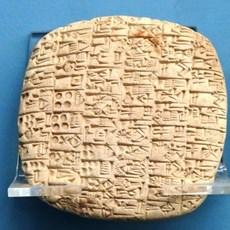
Economic document
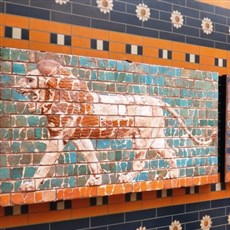
From Babylon
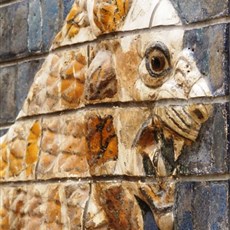
From Babylon
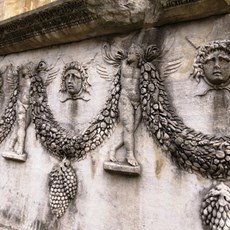
Sarcophagus
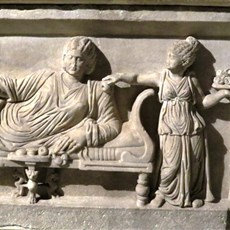
Sarcophagus
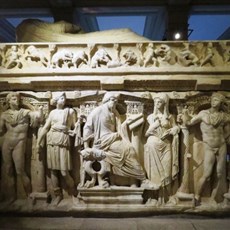
Sarcophagus
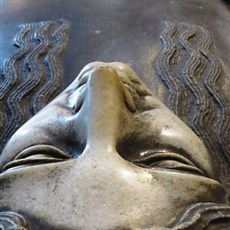
Sarcophagus - Palestine
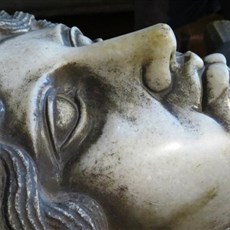
Sarcophagus - Palestine

Museum cat
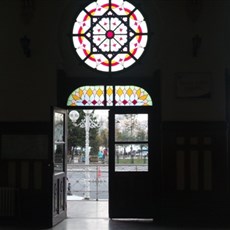
Railway station
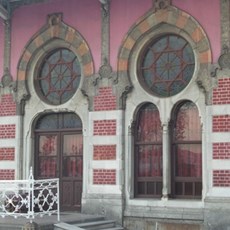
Railway station
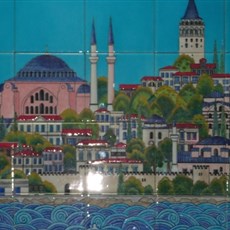
Marmaray line
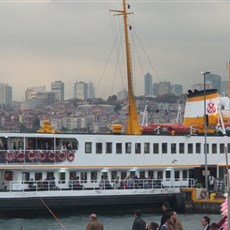
Bosphorus